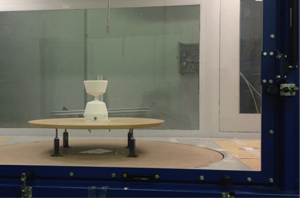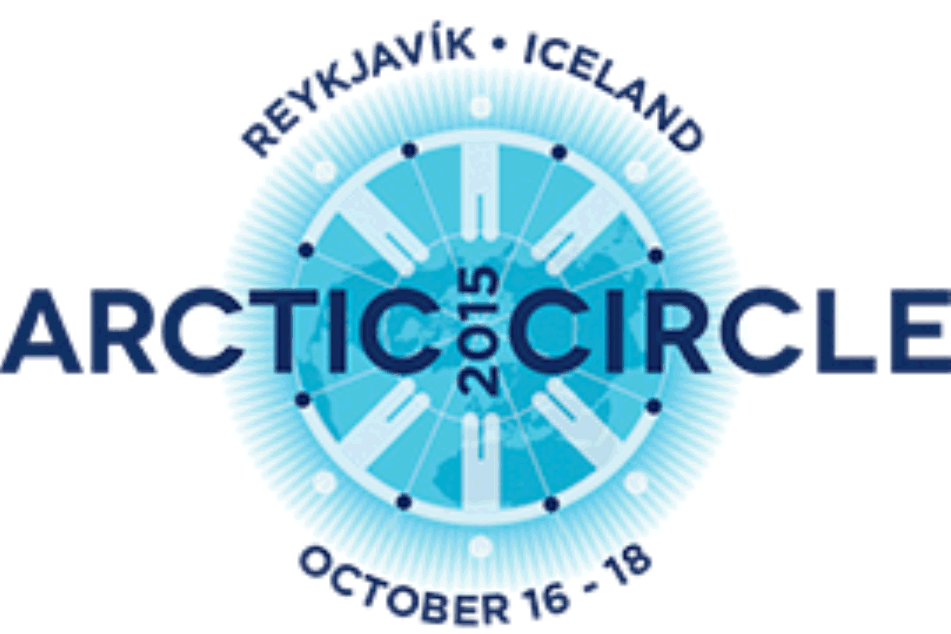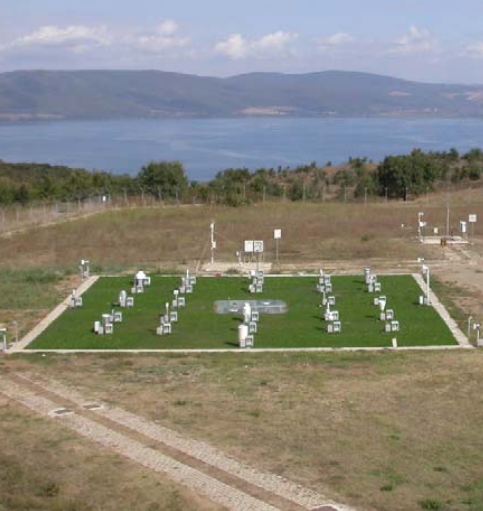
Special Issue:
"Rain sensors"
Guest Editors:
Prof. Filippo Giannetti
Prof. Luca G. Lanza
Deadline for manuscript submissions:
30 September 2021
Special Issue:
"Precipitation Measurement Instruments: Calibration, Accuracy and Performance"
Guest Editor:
Prof. Luca G. Lanza
Deadline for manuscript submissions:
30 September 2020
New publication:
Cauteruccio et al. (2020)
The role of free-stream turbulence in attenuating the wind updraft above the collector of precipitation gauges.
Journal of Atmospheric and Oceanic Thechnology, 37, pages 103-113.
(.pdf)
The first european standard on the accuracy of precipitation measurements instruments has been published as EN 17277:2019 "Hydrometry. Measurement requirements and classification of rainfall intensity measuring instruments"
kick-off meeting of the new EURAMET/EMPIR project INCIPIT "calibration and accuracy of non-catching instruments to measure liquid/solid atmospheric precipitation" hosted by the Lead Centre in Vigna di Valle.
The Lead Centre partecipated to the WMO/CIMO Technical Conference on Meteorological and Environmental Instrument and Methods of Observation in Amsterdam
The Lead Centre partecipated to the JMA/WMO Workshop on Quality Management of Surface Observations- RA II WIGOS Project in Tokyo
The Lead Centre partecipated to the Metoemet final meeting in Moncalieri (Tourin), presentig the results performed in the Research Excellence Grant (REG3) of the Meteomet2 project.
The Lead Centre partecipated to the EGU 2017 conference with poster presentations on wind tunnel experiments and precipitation measurements issues.
The Lead Centre will participate to the WMO TECO 2016 conference and the International Conference on Metrology for Meteorology and Climate with poster presentations on the more recent research developments and ongoing collaborations.

Wind tunnel experiments are currently under execution at the DICCA laboratories to provide information on rain gauges performance under turbulent winds and validation of CFD numerical analysis.
Oral presentation at the AMS annual meeting in New Orleans. Download the presentation.

Oral and poster presentations at the UrbanRain workshop (Pontresina). Download the short paper on the jointed CFD activity with EML.
The Lead Centre has recently signed a new research agreement with LSI LASTEM to study an improved rainfall intensity sensor compliant with UNI 11452:2012.

Presentation at the Arctic Metrology breakout session of the Arctic Circle 2015 Assembly.
New publications about the Lead Centre CFD studies available on AMS journals.

Installation and set-up of aerodynamic gauges and a laser disdrometer at the Vigna di Valle field site.
The field test site is located in Vigna di Valle, on the bank of the lake of Bracciano, and is characterized by a SW–NE dominant wind regime. During autumn and spring, the most intense rainfall intensity events lasting for at least several minutes are generally produced by thunderstorms and showers developed within cold/warm fronts mainly originated from South West (due to the sea “breeze”). The most intense conditions occur when perturbations encounter the Bracciano Lake humidity supply. A similar situation can be observed during summer for intense precipitation events (although less frequent), with dominant winds from the East, and are caused by the “heat island” effect of the nearby town of Rome.
During precipitation events, average wind speeds of 10 kt (5 m/s) are usually recorded, with the exception of those cases when large Tower Cumulus or Cumulonimbus outflows (stronger winds) usually anticipate intense showers, and last for several minutes (120–240 mm h−1).
The test site dedicated to precipitation intensity studies is a green grass area of 400 m2, equipped with 34 evenly positioned concrete platforms for data acquisition, and a central pit with four positions, specifically used for the installation and acquisition of the working reference — a set of four RI gauges initially identified and recommended within the WMO Laboratory Intercomparison of RI Gauges, and now updated to constitute the standard group for RI measurements.

The field test site is currently used to perform research on precipitation measurement instruments and their compared performance. For example, degradation of the measurement accuracy of those gauges showing high performance in the laboratory when exposed to operational conditions is evaluated, as well as the feasibility of using portable calibration devices for use in the field.
The working reference gauges were inserted in a four-fold Reference Rain Gauge Pit (RRGP) with gauge collectors at the ground level, according to the standard EN13798: “Specifications for a reference rain gauge pit” adopted for the WMO Field Intercomparison of RI gauges. A reference can be defined as a virtual device based on a set of measuring instruments and, according to the Vocabulary of Metrology, a working reference is a calibrated set of instruments used to control/make comparison with measuring instruments. The WMO Laboratory Intercomparison of RI gauges recommended to use a set of instruments and the combined analysis of the reference gauges will provide the best possible estimation of RI in the field, based on their demonstrated performance during preliminary laboratory tests. The working reference rain gauges were inserted in a RRGP in order to minimize weather related catching errors.
All recommended standards contained in the WMO-CIMO guide n.8 (WMO,2008), concerning precipitation measurements, instrument installation and procedures for conducting instrument Intercomparisons, are adopted and maintained. The standard procedures and equipment recommended for meteorological data acquisition are adopted with care as part of a general quality assurance framework.
The data acquisition system is made of a Campbell Scientific CR1000 data-logger equipped with serial output filtering peripherals (SDM-SIO4), switch closure/open collector peripherals (SDM-SW8A), multiplexers peripherals (AM16/32A), memory cards (field data storage), converters for serial protocols (ADAM4520 - RS232-422-485), 2 battery packs, anUPS (Uninterruptible Power Supply) system and an Ethernet module for communication and data transfer to the main computer (a second data storage). The main computer is also equipped with a UPS and mirror hard disk systems for providing fail safe operations and un-interrupted data acquisition. Moreover the system is equipped with a couple of external USB (Universal Serial Bus) hard disks for full backup of raw data (third data storage).